Factors Affecting the Long-Term Stability of Barium Tungsten Electrodes
- Details
- Category: Tungsten Information
- Published on Friday, 30 May 2025 17:31
- Hits: 42
The factors affecting the long-term stability of barium tungsten electrodes and their mechanisms of action are as follows:
1. Material Composition
1.1 Barium-Tungsten Ratio:
Influence: The barium content directly affects the electron emission efficiency and surface stability. A moderate amount of barium can reduce the work function, but an excessive amount will lead to uneven surface distribution and accelerate oxidation or volatilization.
Mechanism: Barium and tungsten form compounds (such as BaWO₄), and optimizing the ratio can balance the emission performance and structural stability.
1.2 Rare Earth Element Doping
Influence: Elements such as lanthanum and cerium can refine the grains, reduce grain boundary defects, and enhance surface density.
Mechanism: By inhibiting grain growth, the high-temperature degradation process is delayed.
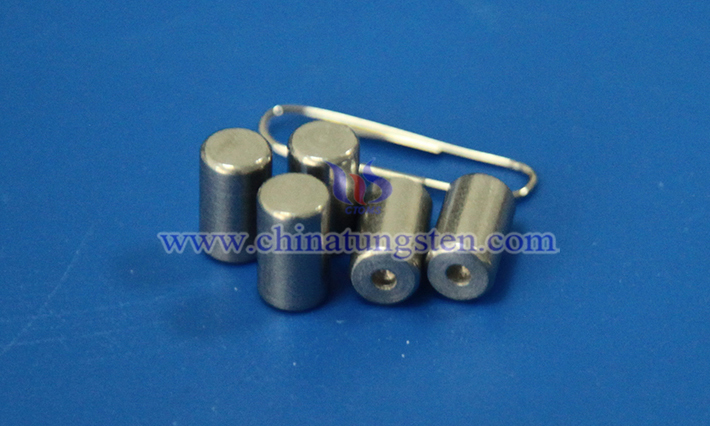
2. Preparation Process
2.1 Sintering Process
Influence: Temperature gradient and atmosphere control affect the diffusion fusion and density of barium tungsten.
Mechanism: Reasonable sintering process can promote compound formation and improve electrode density.
2.2 Impregnation and Activation Technology
Influence: The formation of the emission layer and the application of the activator affect the long-term emission performance.
Mechanism: The impregnation process forms a "reserve" barium ion diffusion layer, and the activator (such as zirconium hydride) promotes the release of barium ions.
3. Working Environment
3.1 Temperature and Atmosphere
Influence: High temperature accelerates the volatilization of barium, and the oxygen-containing environment leads to the formation of oxide film (such as BaO/Ba(OH)₂).
Mechanism: Inert gas (such as argon) protection can slow down oxidation, and high vacuum environment controls the volatilization rate of barium.
3.2 Mechanical and Thermal Stress
Influence: Thermal cycling and mechanical vibration lead to structural fatigue.
Mechanism: Optimizing the electrode shape (such as spiral structure) can reduce stress concentration and extend service life.
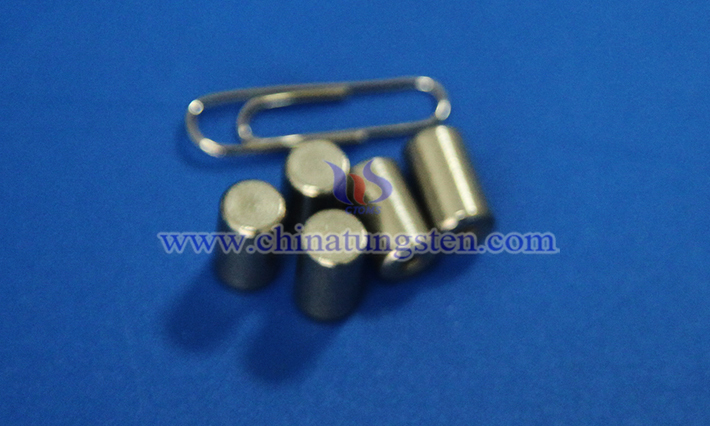
4. Electrochemical Performance
4.1 Electron Emission Mechanism
Influence: The balance between thermal ion emission and field emission affects stability.
Mechanism: At high temperatures, the thermal vibration of barium atoms dominates the emission, while at low temperatures, the electric field assists the emission to enhance stability.
4.2 Corrosion and Poisoning Effects
Influence: Acidic/alkaline environments or residual gases (such as CO₂) cause the barium component to dissolve or generate BaCO₃.
Mechanism: Corrosion products increase surface resistance and reduce emission current.
- Chinatungsten Online: www.tungsten.com.cn
- CTIA GROUP LTD: en.ctia.group
- Tungsten News & Price: www.ctia.com.cn
- Molybdenum News & Price: news.molybdenum.com.cn
- Tel.: 86 592 5129696; Email: sales@chinatungsten.com



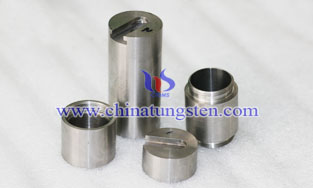


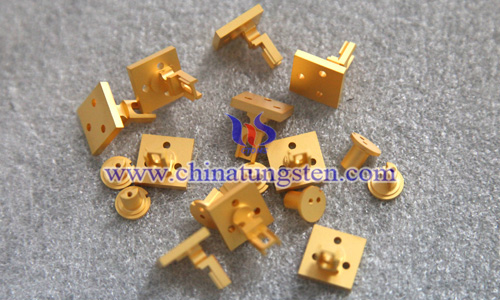
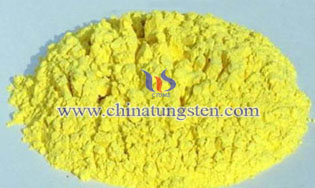
 sales@chinatungsten.com
sales@chinatungsten.com